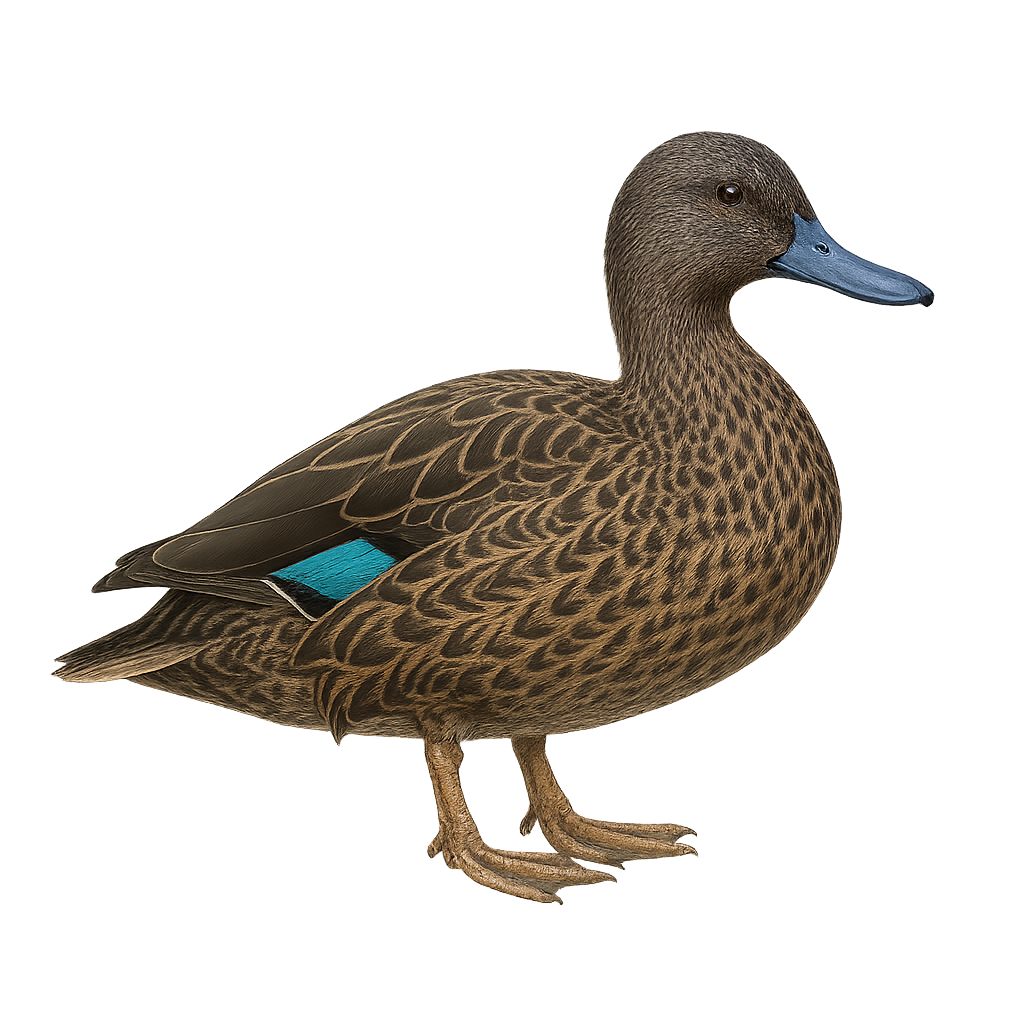Your wildlife photography guide.
Explore the meller's duck in detail, study its behavior, prepare your shots.
Where to observe and photograph the meller's duck in the wild
Learn where and when to spot the meller's duck in the wild, how to identify the species based on distinctive features, and what natural environments it inhabits. The WildlifePhotographer app offers tailored photography tips that reflect the meller's duck’s behavior, helping you capture better wildlife images. Explore the full species profile for key information including description, habitat, active periods, and approach techniques.
Meller's Duck
Scientific name: Anas melleri

IUCN Status: Near Threatened
Family: ANATIDAE
Group: Birds
Sensitivity to human approach: Suspicious
Minimum approach distance: 10 m
Courtship display: September to October
Incubation: 26-28 jours
Hatchings: September to November
Habitat:
Wetlands, lakes, rivers
Activity period :
Primarily active during the day, with peak activity in the morning and late afternoon.
Identification and description:
The Meller's Duck, Anas melleri, is an endemic species of Madagascar, often mistaken for the mallard due to its resemblance. This medium-sized duck has brown plumage with lighter shades on the belly and greenish reflections on the wings. It primarily inhabits wetlands, lakes, and rivers on the island. Its population is declining due to habitat loss and hunting. The Meller's Duck is monogamous and typically breeds during the rainy season. It plays a crucial role in the local ecosystem by aiding in seed dispersal and controlling aquatic insect populations.
Recommended lens:
400 mm – adjust based on distance, desired framing (portrait or habitat), and approach conditions.
Photography tips:
To photograph the Meller's Duck, focus on the wetlands of Madagascar where it is most active. Use a telephoto lens of at least 400mm to capture detailed images without disturbing the bird. Be patient and discreet, as this species is suspicious. The best times to photograph are early morning or late afternoon when the light is soft and the duck is more active. Wear neutral-colored clothing to blend in better with the environment.
The WildlifePhotographer App is coming soon!
Be the first to explore the best nature spots, track rutting seasons, log your observations, and observe more wildlife.
Already 1 429 wildlife lovers subscribed worldwide

